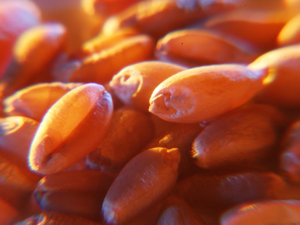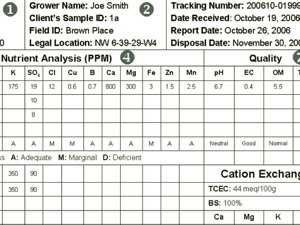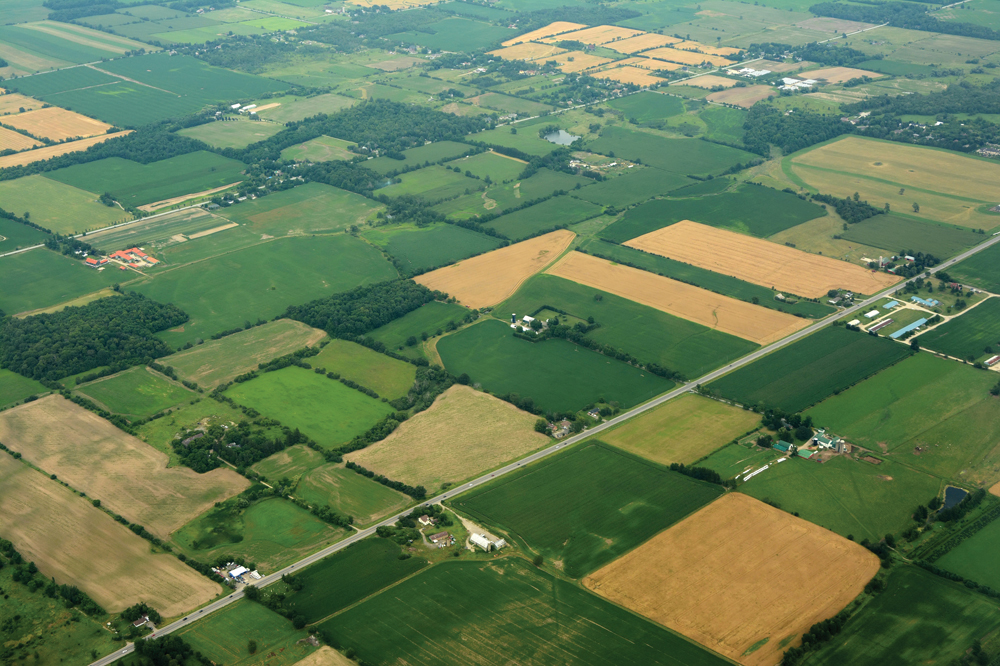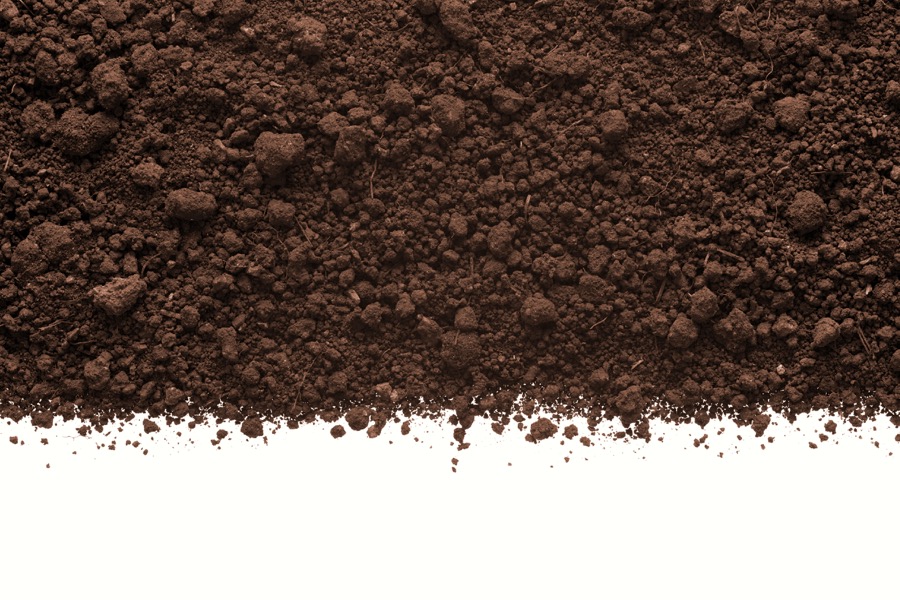Growing peas or lentils? These five yield factors are under your control

At this year’s CropSphere in Saskatoon, the Saskatchewan Pulse Grower’s agronomy manager, Sherrilyn Phelps, talked to growers about optimizing pea and lentil yields. The biggest factor that determines yield, weather, is out of our control. However, there are some factors we can manage. Phelps’s presentation focused on factors that we can control. For Saskatchewan, the SPG has set a goal of increasing average lentil and pea yields by three and four bushels per acre, respectively, by 2025. It takes a lot to increase average yields across the entire province. We’re all going to have to do our part.
1. Rotation and field choice
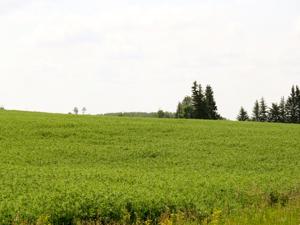
Phelps said research shows that longer rotations lead to higher pea yields. It’s been about 40 years since we started growing pulse crops in Saskatchewan. Over this period, we’ve shorted rotations a lot. For now, Phelps said, “we’ve been getting away with it.” However, short rotations are not a sustainable long-term plan. Short rotations promote diseases such as aphanomyces and root rot, and will not give you your best possible yield.
2. Seed quality

Of course you’re going to choose the best genetics. But after that, seed testing is crucial. Test for vigour, germination, disease and mechanical or herbicide damage. “Disease levels are fairly low this year,” Phelps said. Although there has been a lot of ascochyta in peas in some areas, this disease is not transmissible from seed to seedlings. While your seed is already at the lab, have them calculate your 1,000 kernel weight, which you can use to set your seeding rates.
3. Seeding rates

Using a seeding rate of a bushel of lentils per acre is not going to cut it anymore — not if you want to maximize yield. It’s time to use the formula. You’re going to need your target plant population (in square meters). Multiply that by the thousand kernel weight (in grams). Then divide that by your expected plant survival (use the whole number). That gives you the optimal rate, in kg/ha. If you don’t find that helpful, multiply it by 0.8922 to get your seeding rate in bushels/acre. What’s your target plant population? For peas, 75 to 85 plants per m2 is the recommended rate. There is new research for lentils. Previously, the recommended target plant stand was between 120 and 130 plants per m2. New research suggests a thicker stand of 190 to 210 plants per m2 can result in higher yields.
4. Seed treatment

You don’t always need a seed treatment. If you have no history of disease, warm moist soil, a high-tannin variety and good quality seed, you might be able to skip this step. But when these factors aren’t in place and you’re at higher risk of disease, it could be time for a seed treatment. “Seed treatments do work,” Phelps said.
5. Fertility

We know that pulses can fix their own nitrogen, and they’re good scavengers of phosphorus. However, if the roots aren’t healthy, your plants will have a harder time getting to phosphorus. Phelps reminded growers that a 50 bu./acre pea crop removes about 35 pounds of phosphorus from the soil, and a 30 bu./acre lentil crop removes about 18 pounds. You will want to restore that phosphorus “There are seed safety issues with peas and lentils,” Phelps said. You might want to apply some of that phosphorus the year before you grow that pulse crop. Also, Phelps said, if your soil has low nitrogen lentils, your pulse crop might benefit from some starter nitrogen.









